Overview
An employer match is a contribution made by your employer that matches some part of your contributions to your 401(k) plan.
Match Calculation
The amount of match that an employer is typically expressed with two components:
-
Amount of match
-
Maximum match (either flat dollar amount or percentage of pay)
Let’s say, for example, your employer is matching dollar for dollar up to 4% of pay (aka matching 100% of contributions up to 4% of your pay) and you earn an annual salary of $50,000.
|
Annual Salary |
$50,000 |
|
Employer Match |
$1.00 for $1.00 |
|
Match Maximum |
4% (of your total pay) |
|
Scenario #1: |
|
|
Your Contribution |
$1,500 (3% of your pay) |
|
Employer Match |
$1,500 |
|
Total Contribution to your Account |
$3,000 |
|
Scenario #2: |
|
|
Your Contribution |
$2,500 (5% of your pay) |
|
Employer Match |
$2,000 (4% of your pay, the maximum) |
|
Total Contribution to your Account |
$4,500 |
Frequency
An employer can choose to make the deposit of their match contribution into your 401(k) account at any time during the year. The most common match cadence is per pay period and the longest is once per year. It is important to know the frequency of your employer’s match as you may miss out if you do not make your deferral contributions in line with the frequency of the match. For example, if an employer matches per pay period, you may be required to contribute during each pay period during the year to get the full employer match. Frequency
Limits
Please note that any upper limit on the employer match (for example, the 4% of pay maximum in the example above), is not the upper limit on how much you can contribute to your 401(k) account.
The IRS sets the limit for 401(k) contributions every year. Following are the maximum employee contribution (not including employer match) you can make:
|
Type |
2019 Maximum |
|
Regular Contribution |
$19,000 |
|
Catch-Up Contribution |
$6,000 |
Vesting
Vesting is synonymous with ownership. All employee deferral contributions you make into your 401(k) account are automatically 100% vested (owned by you). Vesting
However, sometimes contributions made to your account by your employer (via an employer match) are restricted. While they may be in your account, you may not actually “own” 100% of them. An employer can require you to stay with the company for a certain number of years (vesting period) before those employer contributions are fully owned by you (fully vested).
There are two types of vesting schedules:
-
Graded Vesting. This is where a percentage of the employer match becomes fully vested for each year you are with the company. A common graded vesting period is “25% per year over 4 years” which means after the first year, you own 25%, after the second year, you own 50%, after the third year, you won 75%, and after the fourth year, you own 100% of contributions made by your employer.
-
Cliff Vesting. This is where you must be with the company for the full vesting period and then all of the employer match is fully vested. A common cliff vesting period is “three-year cliff” which means you do not actually own any of your employer’s contributions until after three years, then once you cross the three-year point, you own 100% of them.
The maximum vesting period, as set by the Department of Labor, is six years.
Details of Your Employer Match
The details of your employer’s match are available in the Summary Plan Description (“SPD”) that is provided to you when you start employment and when any material changes are made to the plan. Please contact your HR department if you do not have this document.
The information contained herein is not intended as financial, legal or tax advice, and may not be suitable as required by specific circumstances. Please consult your financial planner, attorney and/or tax adviser as needed.


